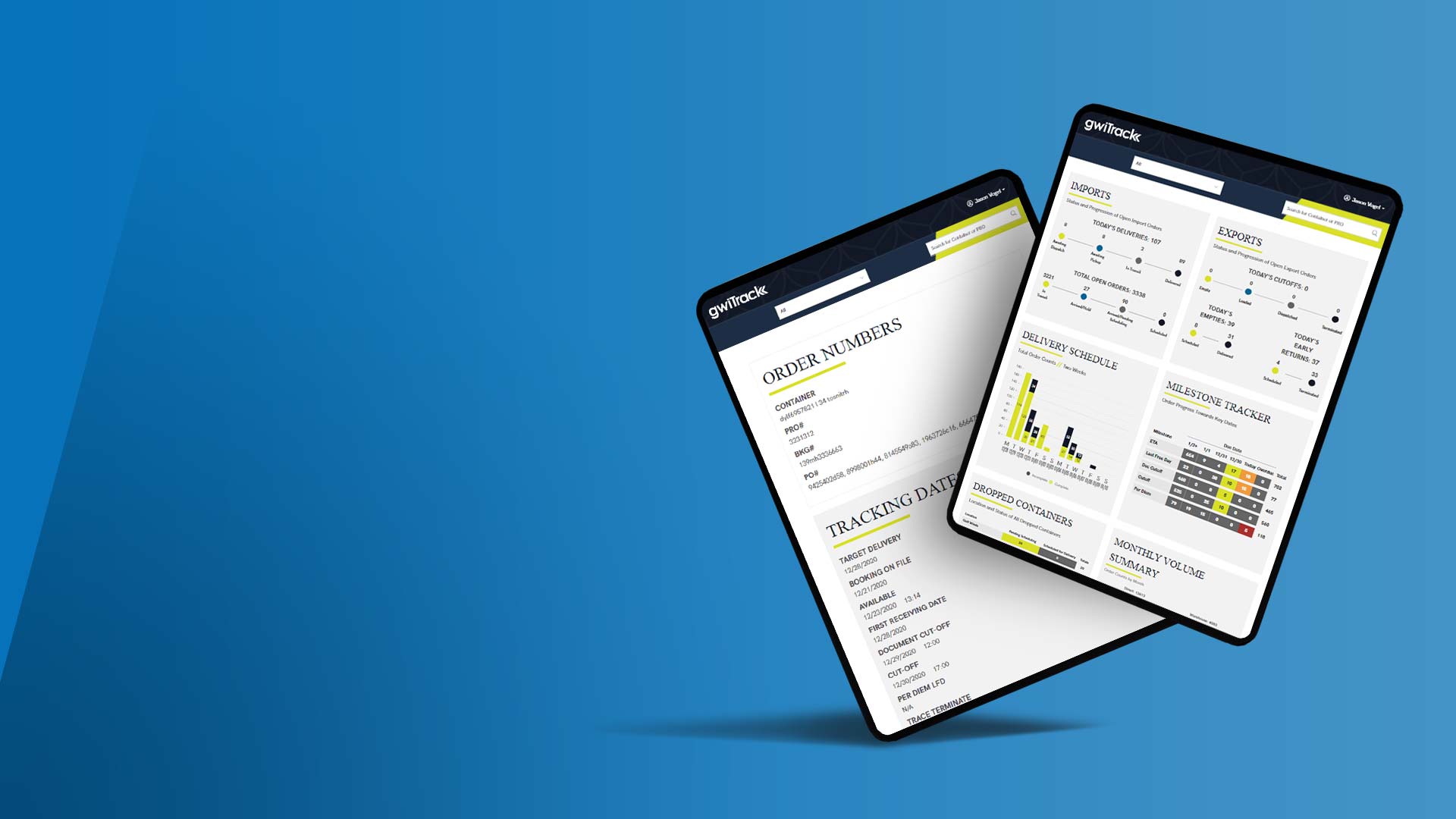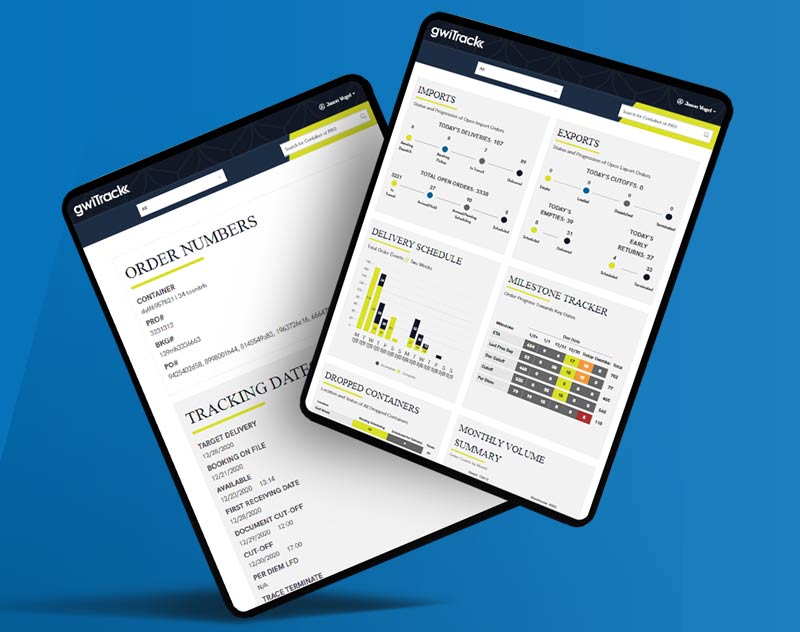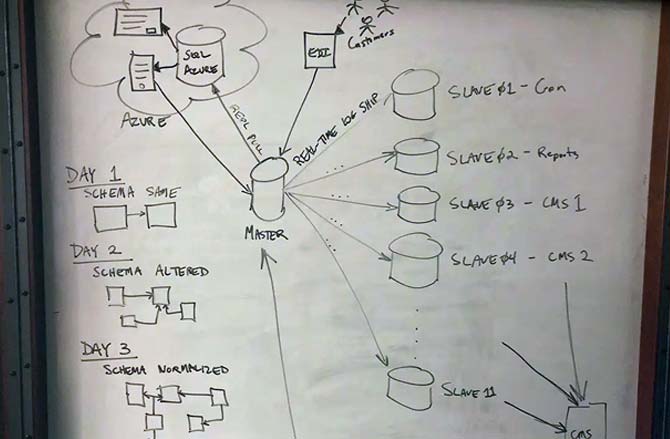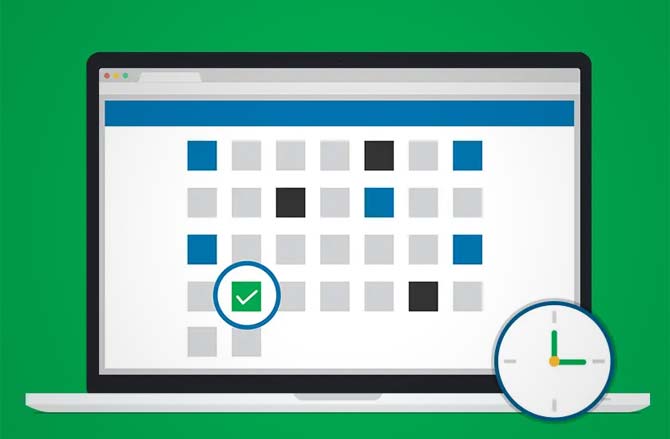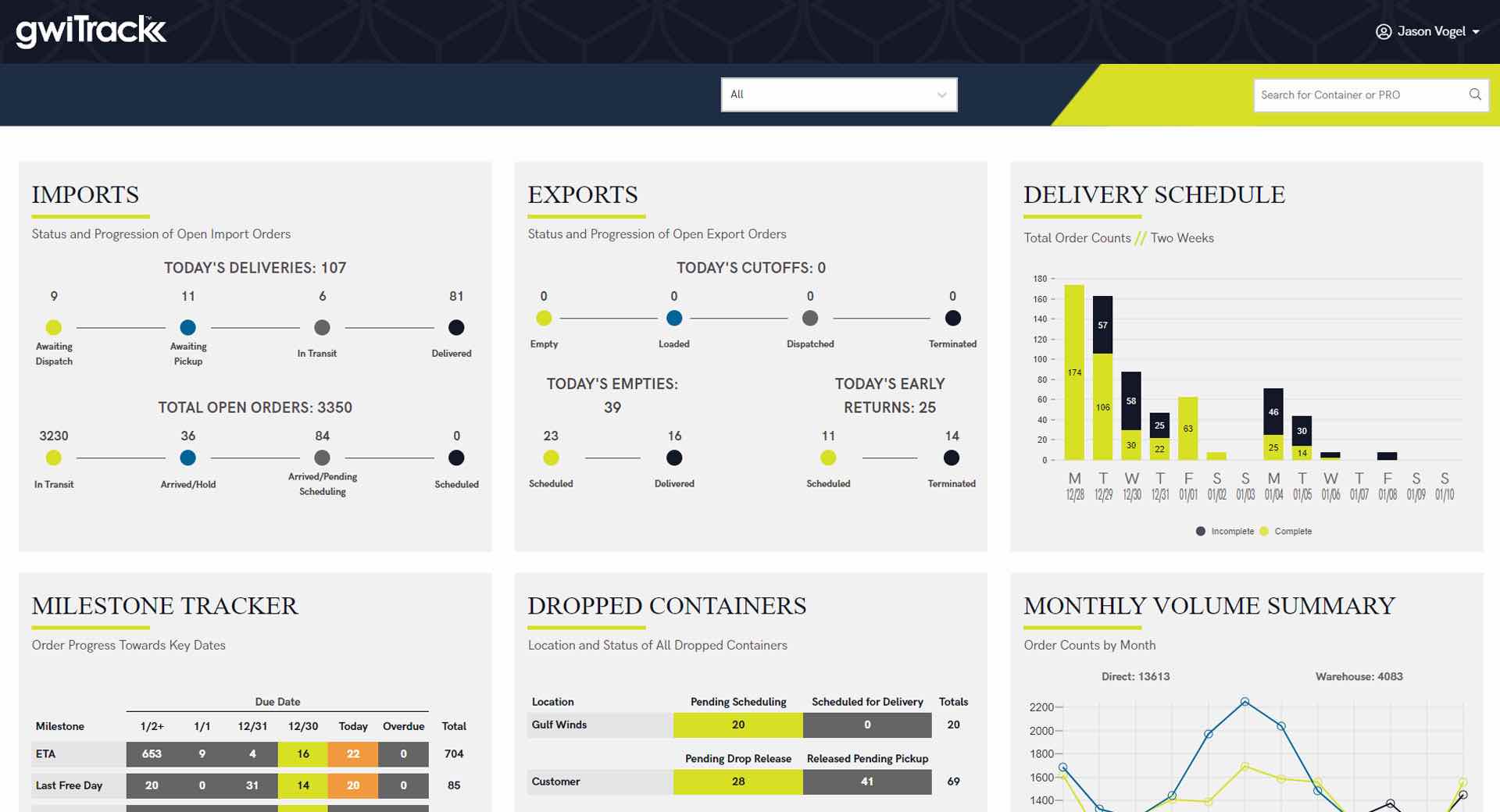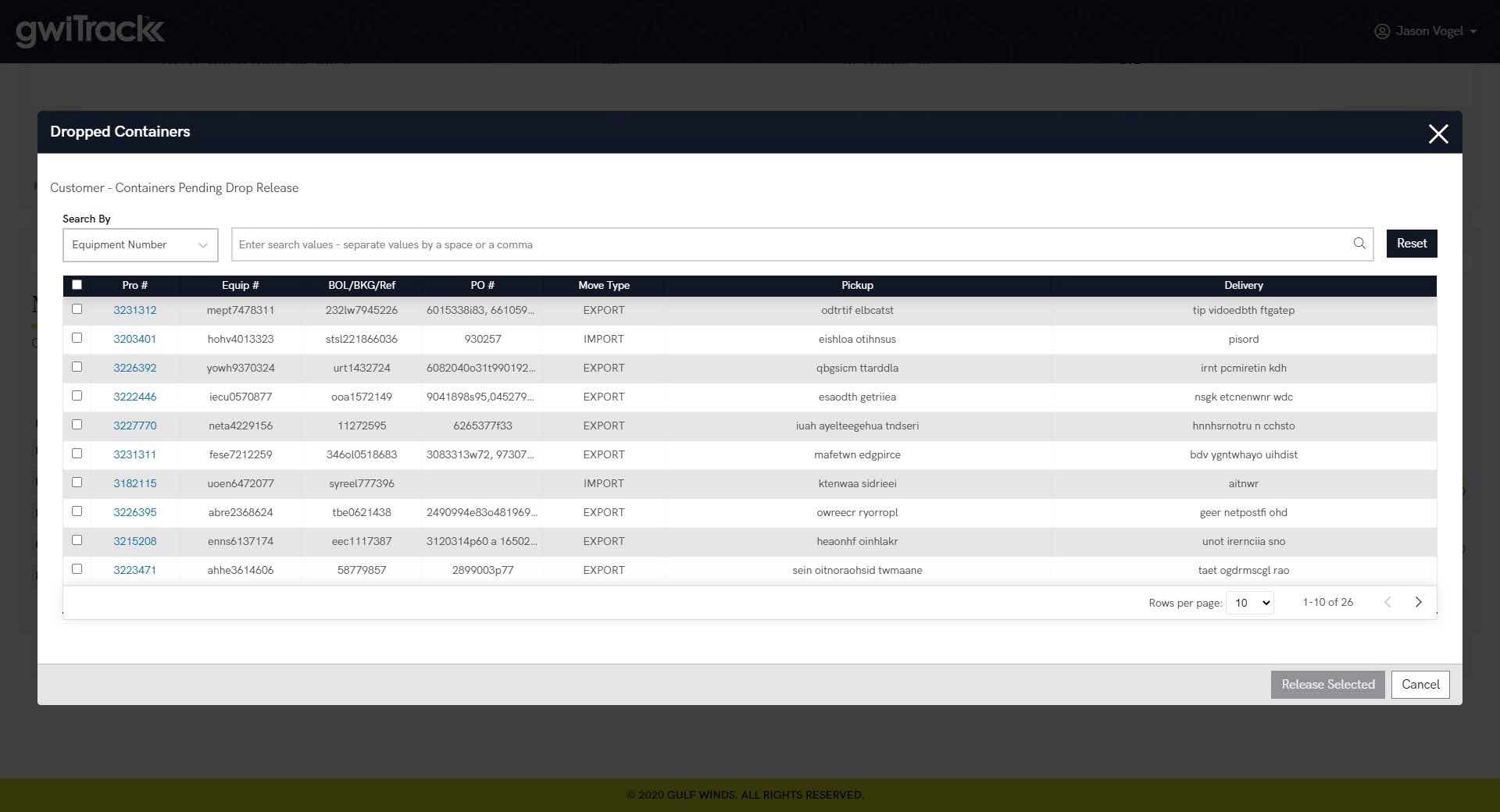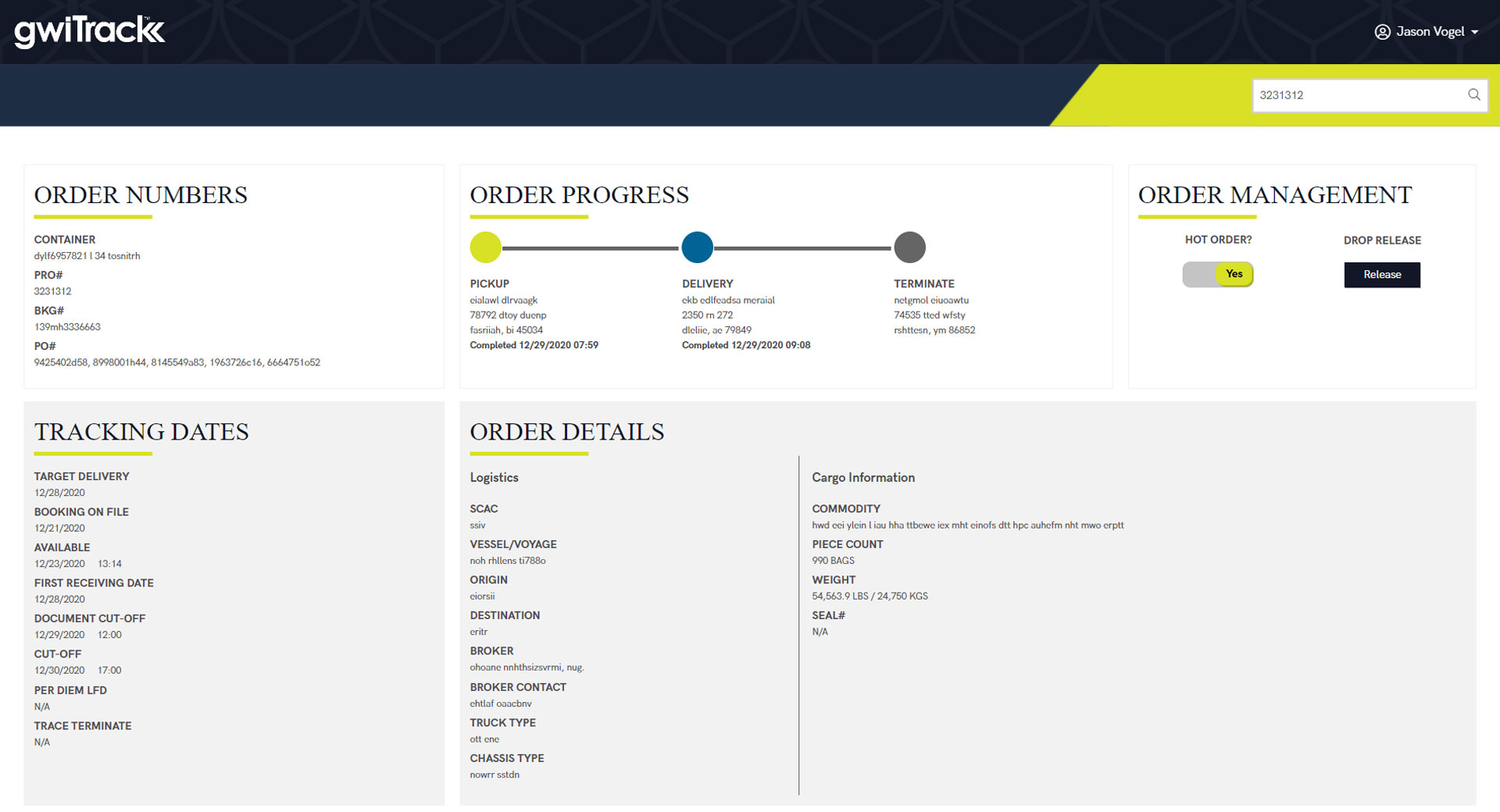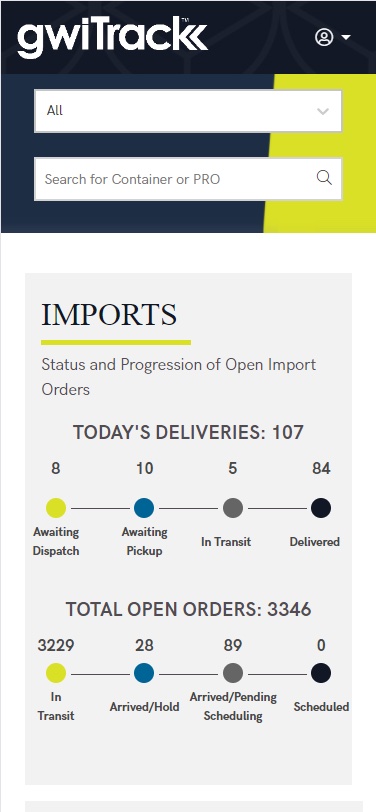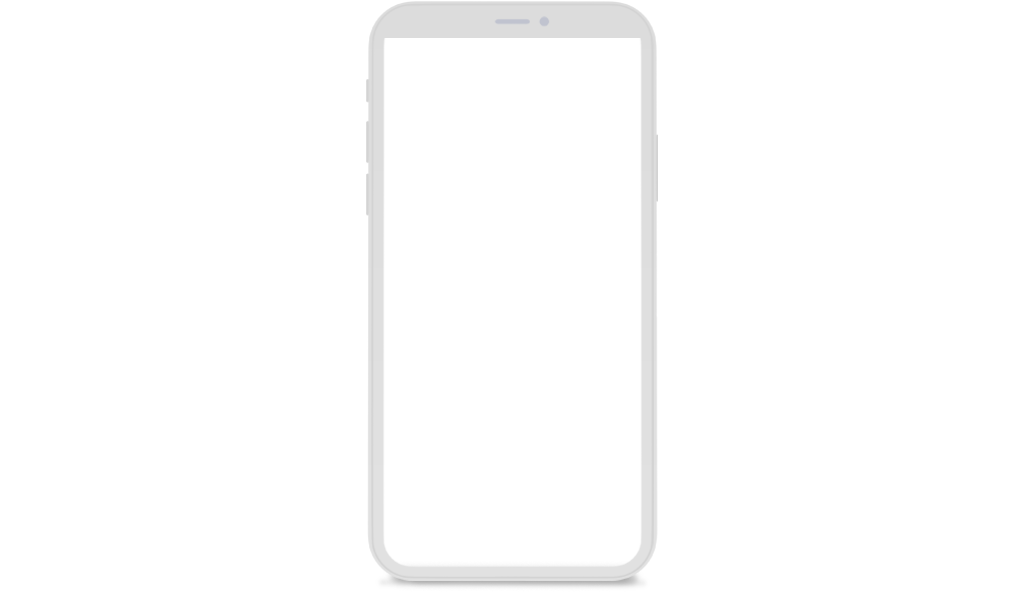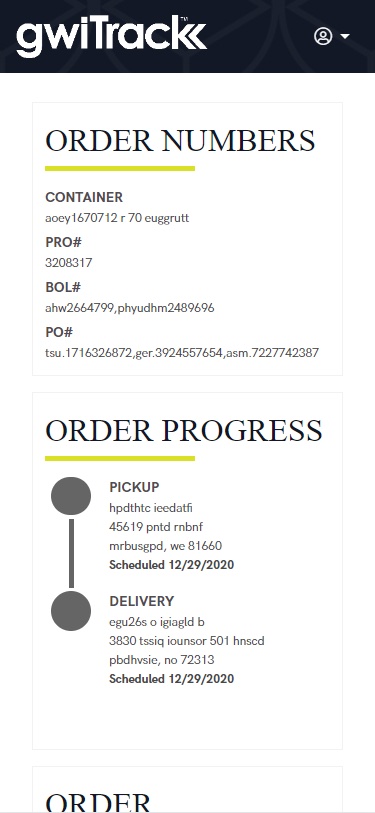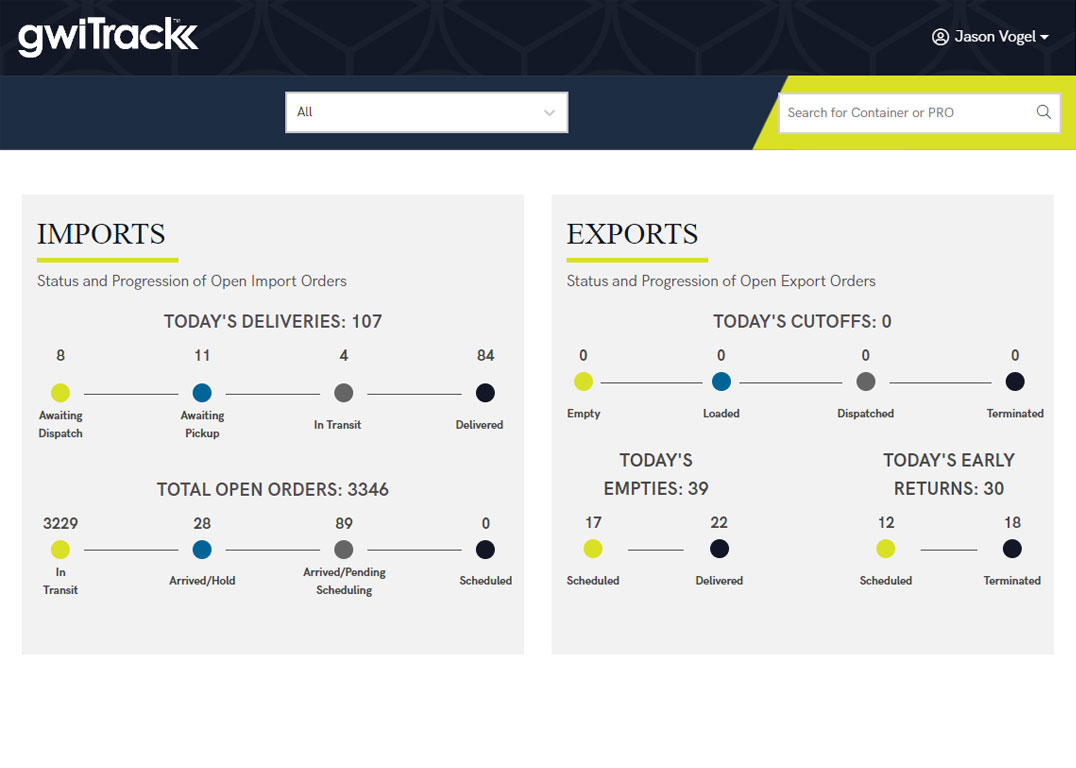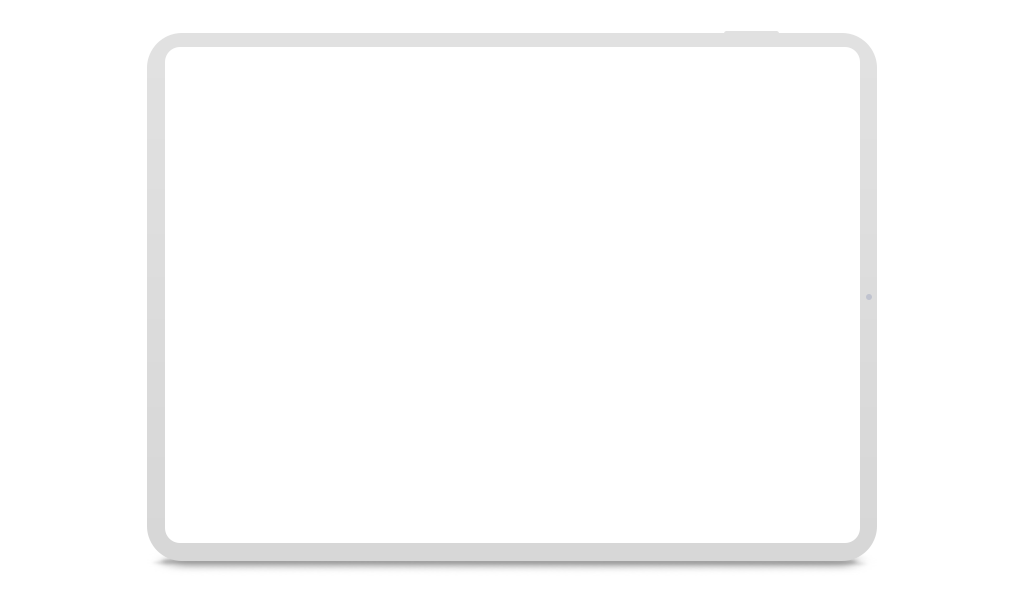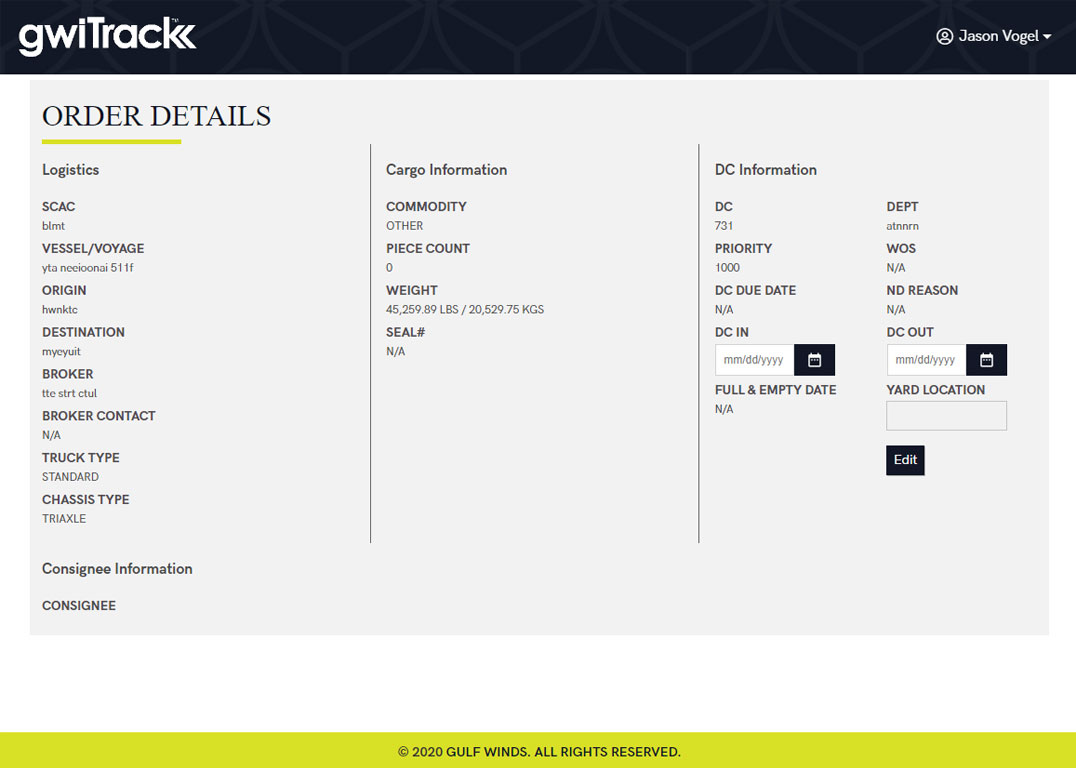Enterprise Logistics System Fostering Expansion Across the Southeast
MercuryWorks developed modernized, cloud-enabled logistic applications to facilitate Gulf Winds’ rapid expansion
The Overview
Gulf Winds is a growing transportation company with 14 warehouses and yards around the Gulf Coast of the United States. Today Gulf Winds operates over 2.3 million square feet of warehouse space and continues to expand though the acquisition of new port-based operations and organic growth.
The
Challenge
Gulf Winds operates an expansive but legacy set of systems to operate their network of facilities, departments and service functions. These legacy systems operate on premises and were built with a mix of MySQL, PHP, Perl and pre-HTML5 markup. Because Gulf Winds appreciates the vital differentiation and enablement role of technology, they brought Mercury in as a strategic partner to help modernize and cloud-enable modern replacements for their legacy systems.
The
Solution
MercuryWorks’ partnership with Gulf Winds commenced by assembling a cross-functional Scrum team for Agile product development. The first order of business was to stand up new cloud architecture, modern technology stack and design system. A vigorous discovery and “Sprint 0” period resulted in a long-term roadmap and technology plan to evolve from old to new systems followed by ongoing development sprints and incremental new system releases.
The
Results
Following a very active period of co-development, Mercury and Gulf Winds are progressively rolling out a new modern enterprise system into the cloud. The modernized Gulf Winds system is a Progressive Web App (PWA) that provides native-app like features including sometimes-connected functionality across desktop, tablet and phone. While still working through a long-term roadmap, features for scheduling, quote creation, reporting dashboards and warehouse operations are in production use.
Dig In
App Features
Visualize
App Gallery
"The MercuryWorks team’s ability to conceptualize a long-term product roadmap is outstanding, not to mention their ability to collaborate with us on modernizing our legacy infrastructure and applications. They really get our business!"
Dustin Hebrank
CFO
Behind The Curtain
Core Technology
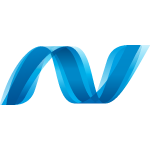
.NET Framework
C#, MVC, Entity Framework and the .NET Framework were used to implement all business logic, data marshaling and UI rendering for the Connection application. Supporting use of modern CSS and JavaScript provided interaction and responsive display.

Microsoft Azure
Provides database storage, web app, authentication and web services. Azure provides an ideal solution for back end mobile applications with a multi-data center Infrastructure as a Service (IaaS) cloud solution that requires extremely little oversight.

React
The React JavaScript framework provides the UI base for the entire system, providing rapid and smooth data fetching, storage and screen painting. Combined with RWD practices the resulting UI is responsive on desktops and phones.

SignalR
Software library that allows server code to send asynchronous notifications to client-side web applications. SignalR was used to provide real-time capacity and demand statistics, updating specific data points on user screens as other parts of the business revises scheduling data.
